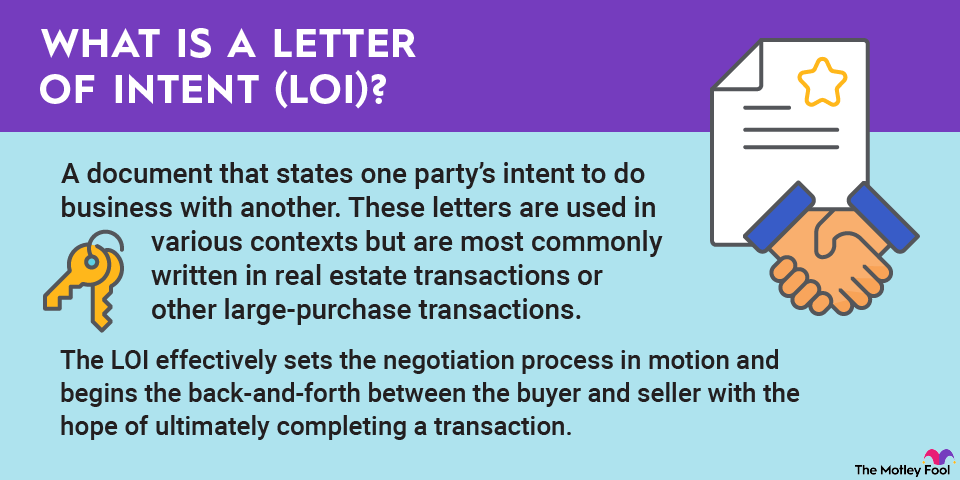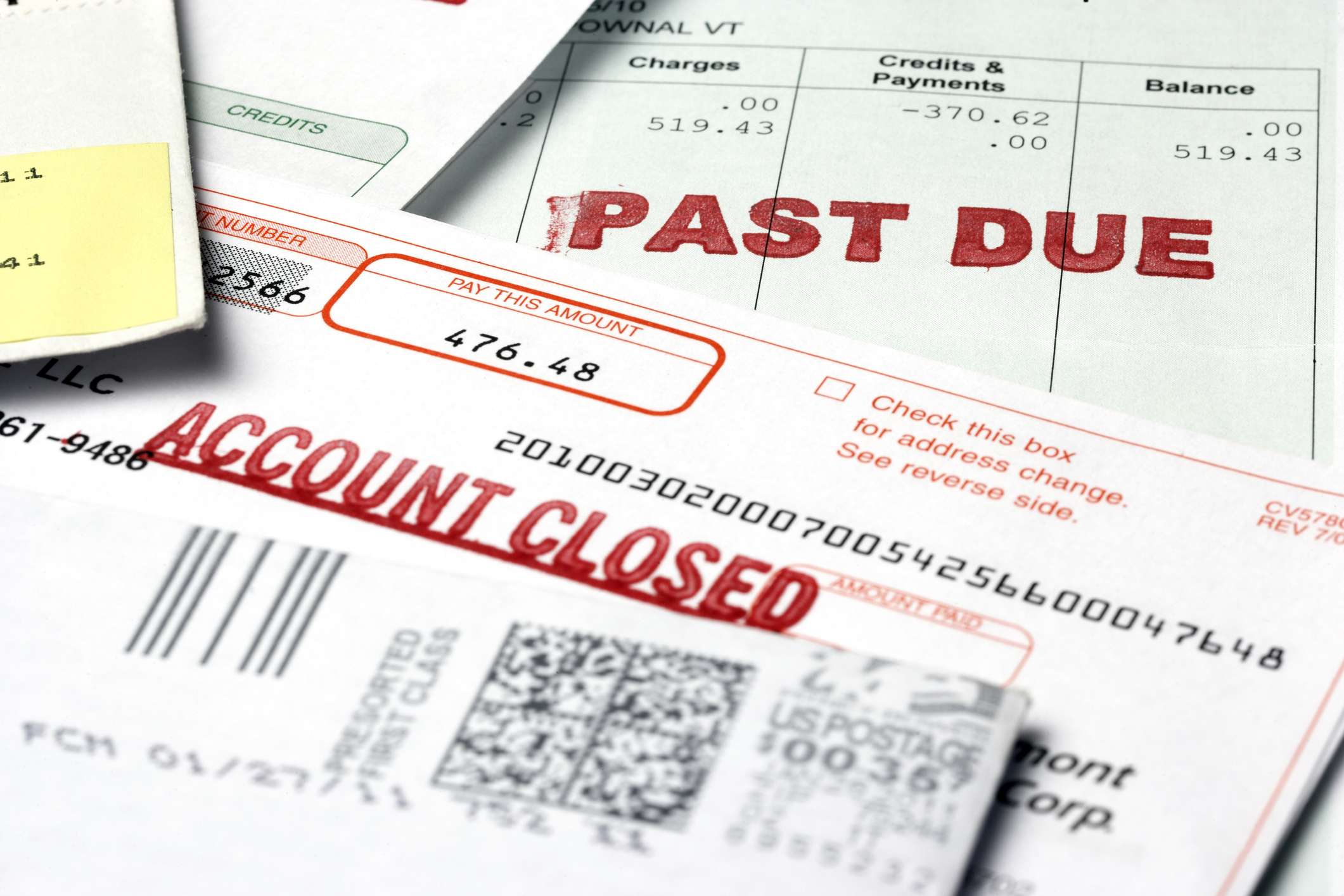Investing means fully understanding the business models of the companies that we invest in. If a company has assets, we should understand them, so if you've been wondering about Level 3 assets, this is the place to be.

What are Level 3 assets?
Level 3 assets are the most difficult type of business assets to value and liquidate. They're often incredibly unique in structure, and there's not really a general market for them that can help establish their value directly. For this reason alone, they are complicated problems to solve for accountants and other financial professionals.
Some examples of Level 3 assets might include collateralized debt obligations and mortgage-backed securities, but other assets like distressed debt or derivative contracts like credit default swaps are also classified as Level 3.
Differences in evel 1, 2, and 3 assets
There are three asset classes, ranked from easiest to value and dispose of to most difficult. Simply enough, they're labeled as Level 1, 2, and 3 assets.
Level 1 assets include the easiest-to-liquidate assets, like stocks, bonds, Treasury bills, foreign currencies, and gold bullion. These are assets you can research, check values for, and sell almost instantly.
Level 2 assets are more difficult to value, but they can be valued based on some observable data. For example, an interest rate swap might be a Level 2 asset since underlying interest rates and risk premiums are generally easy to establish from available data, even if it's not public data.
Level 3 assets are very difficult to value and are often guesstimated. They aren't regularly traded, and when they are bought or sold, it's hardly a transparent process. Many Level 3 assets are fairly unique, making them hard to even value compared to one another. Mortgage-backed securities are considered a Level 3 asset.
How are Level 3 assets valued?
Level 3 assets are considered the scariest, most risky assets because of how they're valued. Since there aren't straightforward inputs into the value of a Level 3 asset, such as interest rates or bond yields, the value of a Level 3 asset is often a wild guess. Professionals try to use mathematical and economic models to come to a fair assessment of the value of these assets, but with very little to go on. Since these assets aren't actively traded in any significant way, it can be extremely difficult to know if these model valuations are accurate at all.
The only true test of what a Level 3 asset is worth is trying to sell it. However, it can take a long time to find a buyer, which also complicates pricing since the value of anything can change over a long period and require frequent adjustment of prices.
Related investing topics
Why do Level 3 assets matter to investors?
Depending on your portfolio, Level 3 assets may not matter to you at all. But if you're buying companies that deal in Level 3 assets in any significant way, you definitely need to be aware of their potential risks. Many companies dabble in them and hold a very small percentage of Level 3 assets, but a few, like commercial banks or investment shops, may be relying heavily on Level 3 assets.
If you're looking for a lower-risk investment, you definitely want to look to companies whose investments are more liquid and transparent since this also means they can easily sell them if they need to free up cash quickly. Level 3 assets are a much more serious gamble.


















